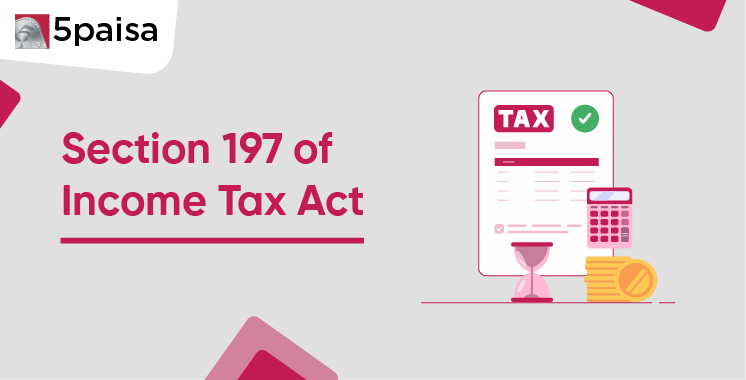Content
- What is Section 197 in the Income Tax Act?
- Key Features of Section 197:
- What is Form 13 in Section 197?
- Section 197 TDS Rates & Compliance Guidelines
- Documents Required for Getting Section 197 Certificate
- Eligibility & Application Process for Section 197 Certificate
- How to Validate the Lower Deduction Certificate Under Section 197?
- How to Apply for a Section 197 Certificate?
- Why Should Businesses Leverage Section 197?
- Common Mistakes to Avoid When Applying for a Section 197 Certificate
- Conclusion: Optimize Tax Planning with Section 197
Tax Deducted at Source (TDS) is a major compliance requirement in India and applies to businesses and individuals. However, excessive TDS deductions can lead to cash flow issues, restrict liquidity, and affect financial planning.
Imagine paying a substantial portion of your income upfront as TDS and then waiting months for a tax refund, this scenario creates unnecessary financial burdens.
To mitigate these challenges, Section 197 of the Income Tax Act provides eligible taxpayers with an opportunity to apply for a TDS lower deduction certificate or Nil rate TDS certificate, ensuring that tax deductions align with their actual tax liability.
How does Section 197 of the Income Tax Act work, and who can benefit from it? This guide explores eligibility, application process, tax planning strategies, and how businesses can leverage Section 197 to improve cash flow for better financial efficiency.
More Articles to Explore
- Difference between NSDL and CDSL
- Lowest brokerage charges in India for online trading
- How to find your demat account number using PAN card
- What are bonus shares and how do they work?
- How to transfer shares from one demat account to another?
- What is BO ID?
- Open demat account without a PAN card - a complete guide
- What are DP charges?
- What is DP ID in a demat account
- How to transfer money from demat account to bank account
Disclaimer: Investment in securities market are subject to market risks, read all the related documents carefully before investing. For detailed disclaimer please Click here.
Frequently Asked Questions
Section 197 of the income tax act impacts financial statements & tax returns by reducing tax deducted at source (TDS) on certain incomes, leading to higher net income reported in financial statements. This affects tax returns by potentially lowering taxpayer's tax liability for assessment year.
Taxpayers must obtain certificate for lower or non-deduction of tax from authorized officer & provide this certificate to deductor. This ensures compliance with income tax regulations & must be reported accurately in financial statements & tax returns.
Recent updates to section 197 of the income tax act may include changes in threshold limits, application procedures, or compliance requirements as per latest income tax regulations & amendments in Finance Act. Always check latest circulars from Income Tax Department for most current information.


